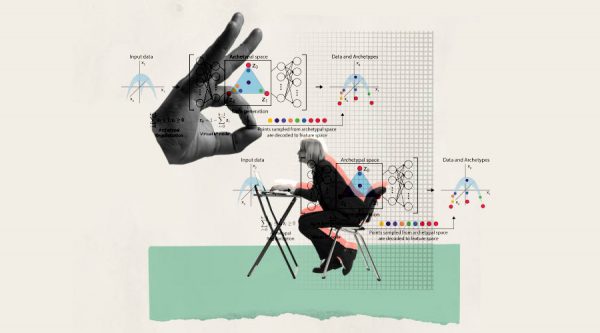A crucial component of data preprocessing for machine learning, especially supervised learning, is data labelling. Future data processing can be built on top of it, and supervised learning makes use of input and output data that has been tagged for classification.
The majority of real-world machine learning models use supervised learning, which employs an algorithm to translate a single input into a single output. A set of labelled data that the model can utilise to learn how to make wise decisions is necessary for supervised learning to function. As a result, in machine learning, the term “ground truth” is frequently used to refer to a dataset that has been appropriately labelled and is used as an impartial benchmark for testing and training a model. The precision of the ground truth determines how accurate the trained model will be. To ensure that the data labels are accurate, it is crucial to invest the appropriate sum of effort and money.
We have developed a selection of fascinating data labelling courses in this regard:
Create Personalized Object Detection Models Using Azure Machine Learning and NVIDIA – Microsoft
Azure Machine Learning studio is an integrated development environment with a graphical user interface for creating and implementing Machine Learning workflow on Azure. See how to build customised object detection models using this service and NVIDIA GPU-accelerated virtual machines.
Included in this course are:
For creating and deploying machine learning workflow on Azure, there is a GUI-based Integrated Development Environment (IDE) called Azure Machine Learning Studio.
Learn how to use this service and NVIDIA GPU-accelerated virtual machines to construct unique object detection models.
You will learn how to build up resources to launch Azure Machine Learning from this article.
Discover how to use Azure Machine Learning data labelling to plan, coordinate, and track projects for data labelling.
Discover how to use AutoML to train a labelled dataset and generate a production-ready object detection model.
Lifecycle of Machine Learning Data in Production – Coursera
This Machine Learning Engineering for Production Specialization course teaches:
By using enterprise data schemas, you will build data pipelines, implement feature engineering, transformation, and selection, and establish the data lifecycle and data evolution.
Additionally, knowledge of machine learning and deep learning concepts is essential, but also production engineering abilities are needed to build a successful AI career. In order to develop abilities that are suitable for production, machine learning engineering for production combines the principles of machine learning.
DeepLearning.ai and AWS’s “Optimize ML Models and Deploy Human-in-the-Loop Pipelines”
The Practical Data Science Specialization teaches students how to compare prediction performance, create new training data using human intelligence, and automatically tune model accuracy, among other performance-improving and cost-reduction techniques. Additionally, one may set up a pipeline with a human in the loop utilising Amazon SageMaker Ground Truth and Amazon Augmented AI to correct incorrect predictions and generate fresh training data. Huge datasets that can’t be handled by local technology and may come from various sources can be handled by practical data science.
Creating AI Services and Products with Humans in Mind
Hanyang University will provide a six-week course on human-computer interaction (HCI) and how it may be used to make AI useful for everyone. You will also learn about the inadequacies of current AI and how to reimagine it as human-centered AI to improve the quality of life for everyone. Understanding human-computer interaction can help you understand why HCI and AI should be combined. You will also look into how the traditional HCI approach has changed to accommodate the emerging AI world, which has redefined how we interact with goods and services.









